Understanding FAK (Freight All Kinds): A Key Pricing Method in International Logistics
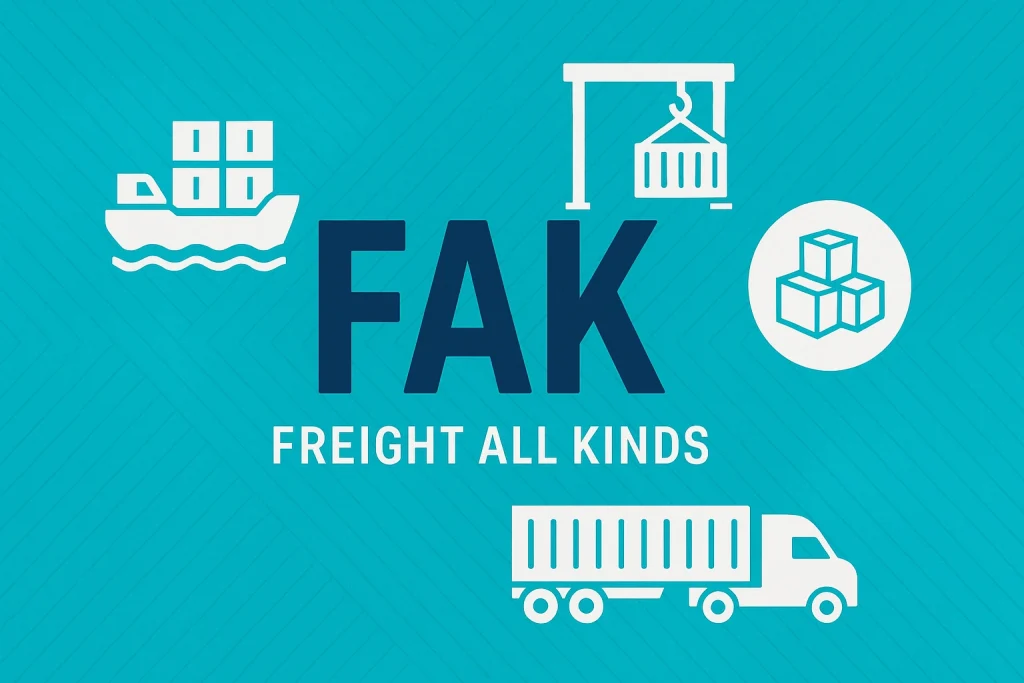
In the field of international logistics, the term FAK (Freight All Kinds) is widely used as a simplified and efficient freight pricing method. It allows different types of cargo to share the same freight rate, streamlining both cost calculation and operational management. As global supply chains become more complex and diverse, understanding how FAK works […]
Air Freight Terms Explained: 60 Key Concepts You Must Know

Understanding air-freight terminology is crucial for anyone involved in international logistics. Whether you’re a shipper, freight forwarder, or importer, knowing these key terms will help you communicate clearly, avoid misunderstandings, and manage shipments more efficiently. Below is a comprehensive explanation of 60 commonly used professional terms in the air-cargo industry. 60 Essential Air Freight Terms […]
POL and POD in Ocean Freight: Meaning, Differences, and Key Roles in International Shipping
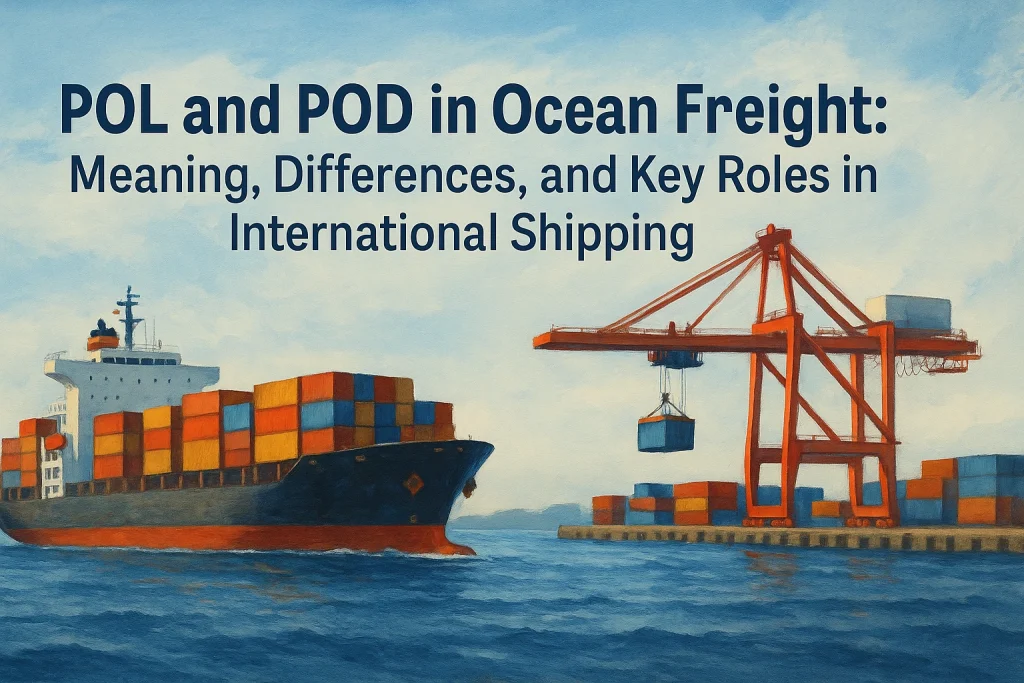
POL and POD in Ocean Freight: What They Mean and Why They Matter In international ocean freight shipping, the terms POL and POD are essential for understanding the movement of cargo from origin to destination. These terms indicate the main loading and unloading ports used during transportation, and they play a critical role in how […]
Understanding Sea Freight Local Charges: A Complete Breakdown for Importers and Exporters

What Are Local Charges in Sea Freight?Local charges refer to the fees incurred at the destination port and throughout the handling process. Below is a clear breakdown of the most common local charges importers and exporters should know. 1. Port Charges Port charges cover the costs associated with handling cargo at the destination port, including: […]
Standard Shipping Container Specifications and Capacity Guide

Shipping containers come in various standard sizes and configurations. Below is a detailed overview of the most commonly used container types, their dimensions, maximum payload, and internal capacity. 🚢 20ft General Purpose Container (20GP) External Dimensions: 5.89m × 2.35m × 2.39m (20ft × 8ft × 8ft6in) Internal Dimensions: 5.69m × 2.15m × 2.19m Typical Maximum […]
Five Key Deadlines in Freight Forwarding

In international shipping, mastering these five critical time points is essential to ensure your cargo is loaded smoothly and on schedule. Missing any of them could lead to delays, extra costs, or even missed sailings. 1. CY OPEN — Container Yard Opening Time This is the earliest time containers are allowed to enter the port […]
How to Read an Ocean Bill of Lading (B/L)
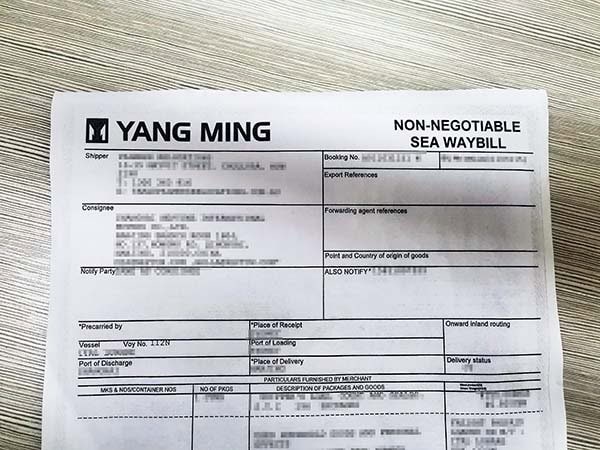
A bill of lading (B/L) is one of the most important documents in international shipping. It serves as a receipt for the goods, a document of title, and a contract of carriage between the shipper and the carrier. Understanding how to read it is essential for smooth logistics operations. Below is a breakdown of the […]
Understanding Pre-pickup, Pre-entry, and Container Drop-off in Shipping Logistics
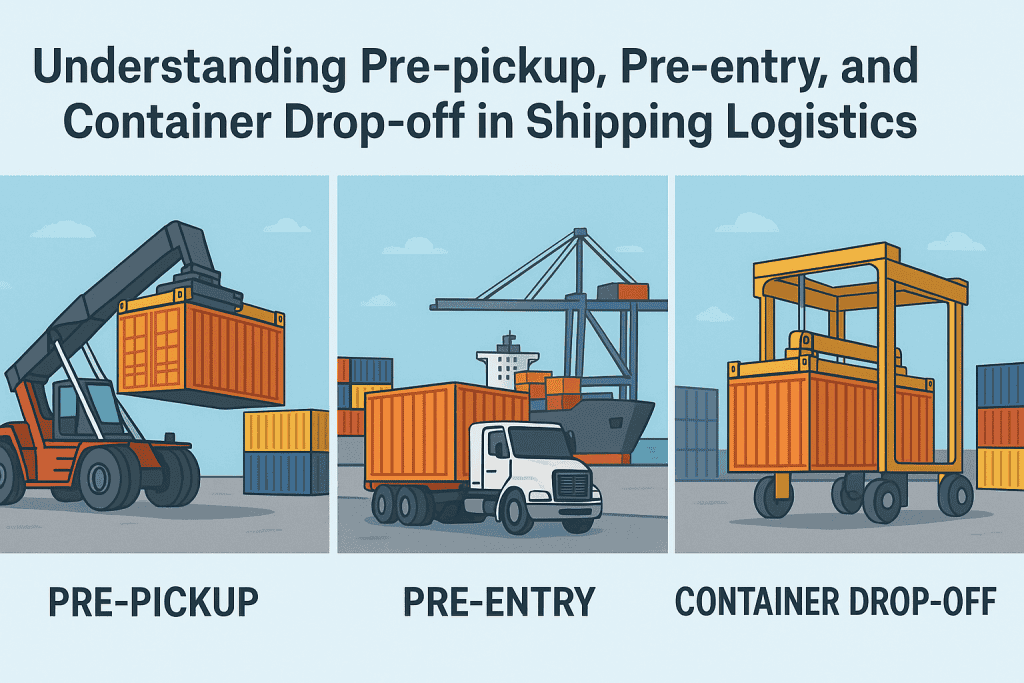
In international container shipping, three key logistics terms — pre-pickup, pre-entry, and drop-off — often determine how smoothly your cargo moves from the factory to the vessel. Knowing what they mean and how they work can help you optimize scheduling, reduce costs, and avoid delays. 1. Pre-pickup: Securing the Container Before Cargo Is Ready What […]
Common Container Abbreviations in International Shipping and Logistics

In international logistics and transportation, container abbreviations are widely used to simplify communication and documentation. Below are some of the most common container abbreviations and their meanings: 20GP / 40GP: Refers to 20-foot and 40-foot General Purpose containers. These are standard dry cargo containers, the most commonly used type for international sea freight. 20HC / […]
US Customs Exams and Hold Types
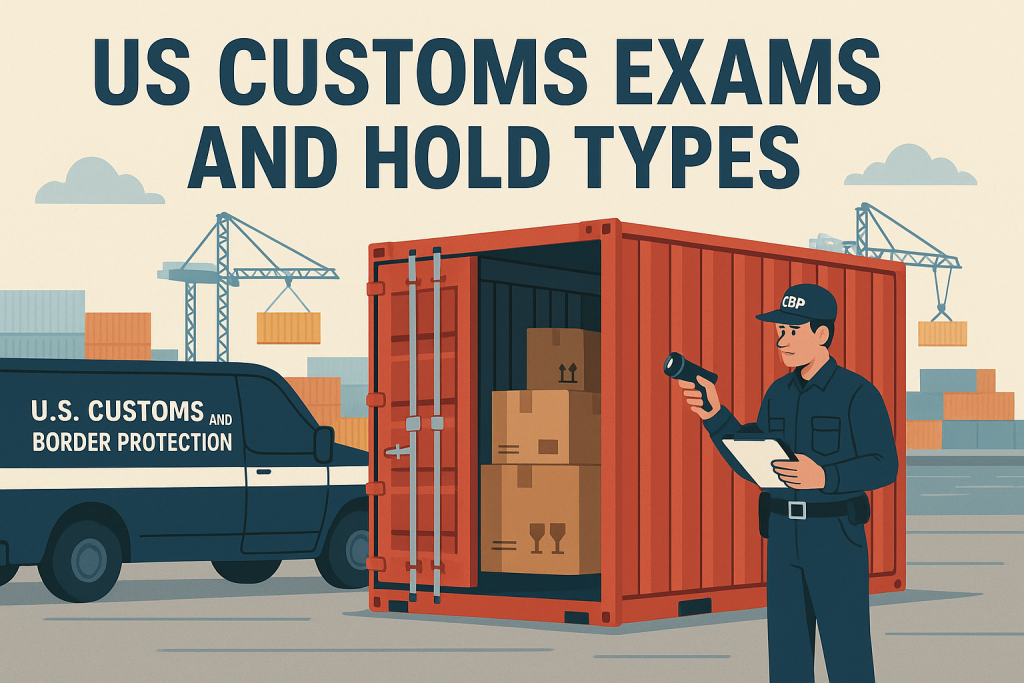
1. What is Customs? Following the terrorist attacks of September 11, 2001, multiple agencies—including Border Patrol, Immigration and Naturalization Services, the U.S. Department of Agriculture, and U.S. Customs—were merged to form what we now know as U.S. Customs and Border Protection (CBP). It is the largest and most complex organization within the Department of Homeland […]

